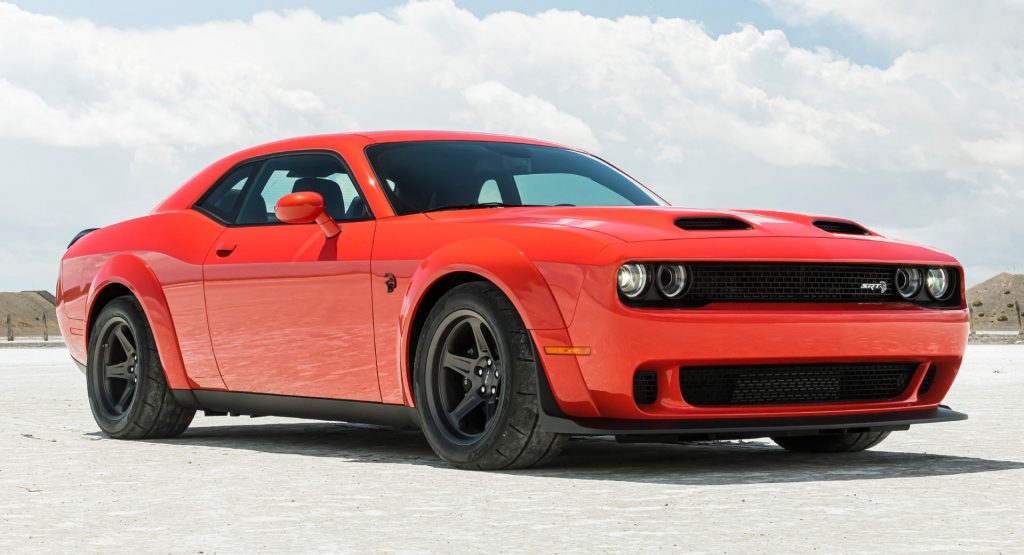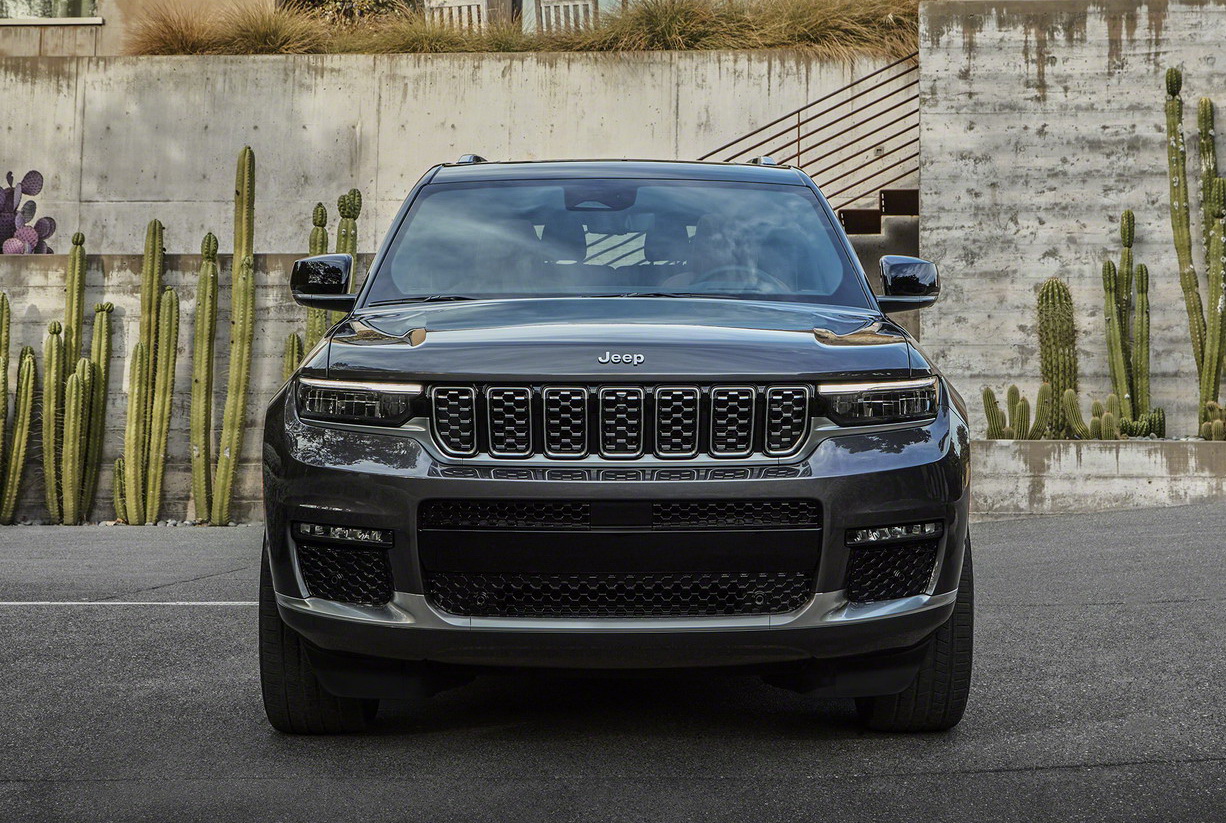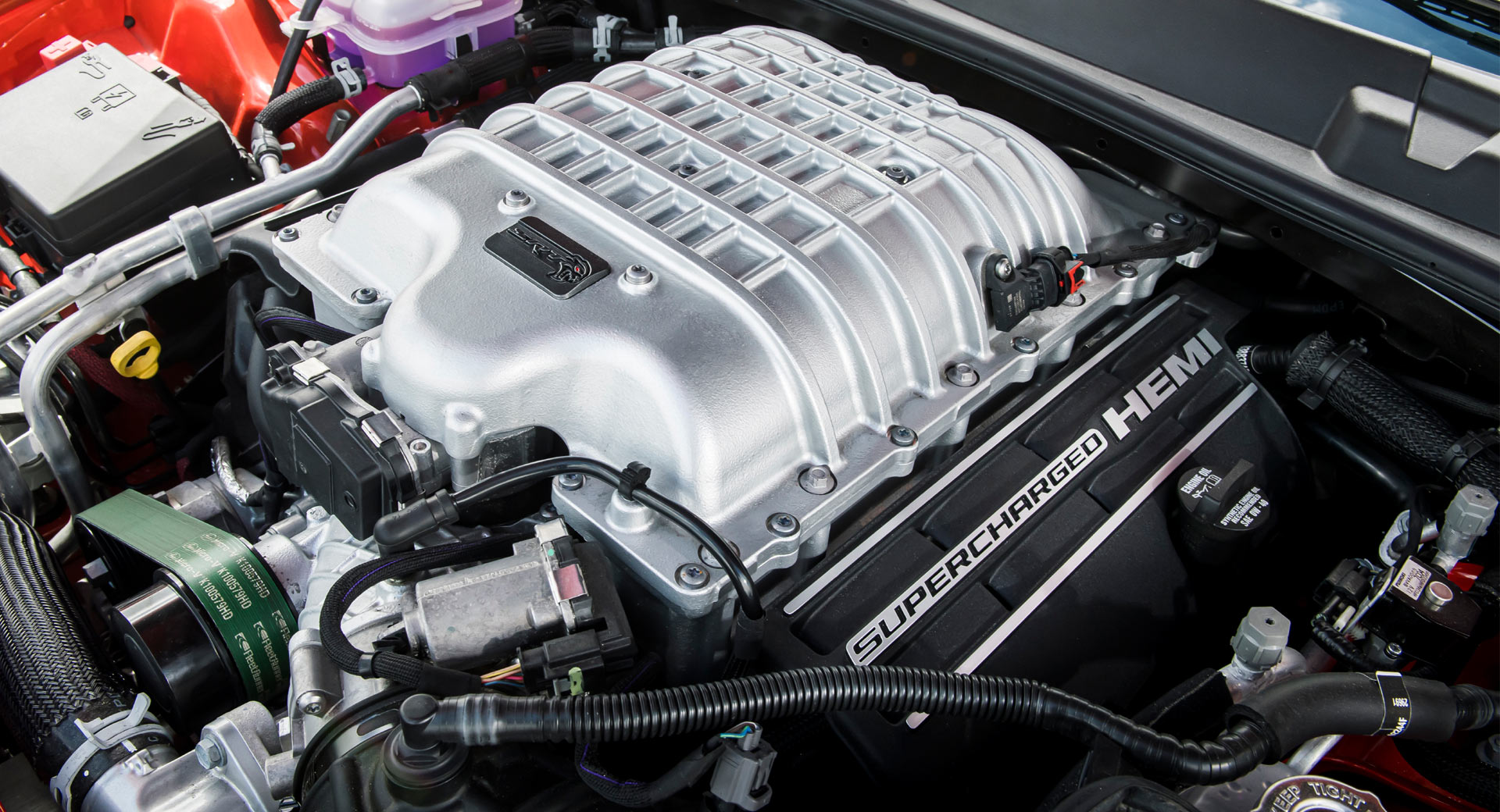Stellantis is reassuring enthusiasts following news that the SRT team has been disbanded.
While there’s no longer a small group of people dedicated to building SRT models, the engineers behind those vehicles have been retained and are continuing to do what they do best – just as part of the company’s larger engineering team. In effect, it’s an organizational restructuring and not the end of SRT altogether.
In a statement to MotorTrend, the company said SRT “products have delighted enthusiasts for nearly two decades, and Stellantis will continue to sell and develop the next-generation of Dodge/SRT-branded vehicles, as well as Jeep and Ram vehicles that [utilize] high-performance SRT technology.” That’s reassuring news as SRT was one of the few bright spots in the FCA era.
Also Read: Stellantis Axes SRT Division But Keeps Its Engineers For Future Performance Models
There’s no word on what we can expect in the future, but it’s natural to assume there will be a new Jeep Grand Cherokee SRT. The company unveiled the three-row Grand Cherokee L last month and is slated to introduce the standard Grand Cherokee later this year.
Furthermore, we can expect three “buzz” models to be produced at Brampton Assembly as part of the automaker’s agreement with Unifor. While there’s no guarantee these will be SRT variants, the plant builds the Chrysler 300, Dodge Charger and Dodge Challenger.
Longer term, the company is slated to embrace electrification for their high-performance models. As we reported earlier this year, Dodge CEO Tim Kuniskis acknowledged the Hellcat V8’s days are numbered.
However, the performance associated with Hellcat models is here to stay. As Kuniskis explained, the “crazy people are going to take the electrification – that has now become accessible from a price point [in the future] – and make that performance-based instead of economy-based.”






